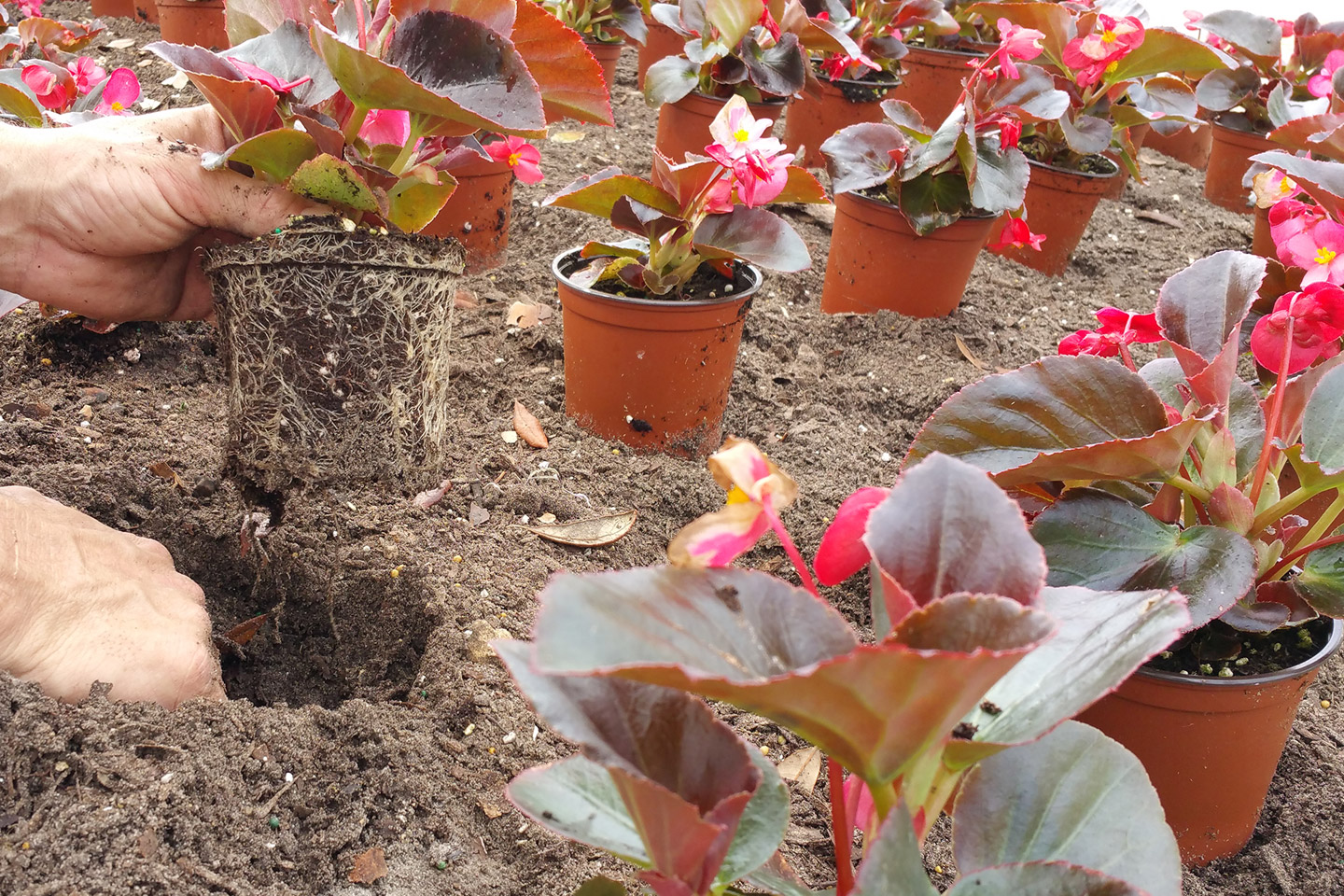Managing Snails and Slugs in the Florida Landscape - Sit Down with CEPRA
Snails and slugs are common pests in Florida, where the warm, humid climate provides ideal conditions for their proliferation. These mollusks can cause significant damage to landscape plants, especially in gardens, nurseries, ornamental and seasonal color beds. Effective management of snails and slugs requires an understanding of their biology, the damage they cause, and integrated pest management strategies tailored to our unique environmental conditions.
Both snails and slugs are soft-bodied, slow-moving gastropods that feed primarily at night or during periods of high humidity. Slugs lack a shell, while snails carry a spiral-shaped shell on their back. In Florida, common pest species include:

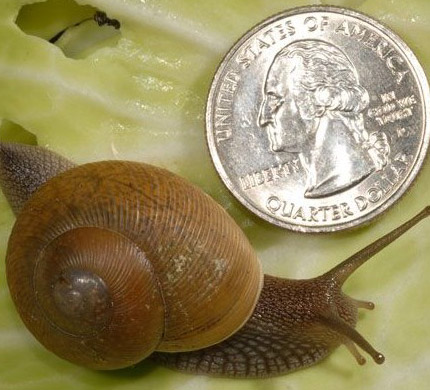
Brown Garden Snail (Cornu aspersum): This is a non-native species.
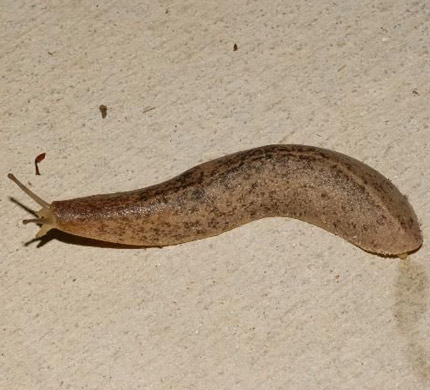
Marsh Slug (Deroceras leave): This species is native to Florida.
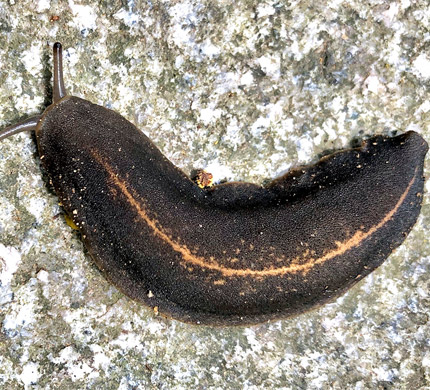
Tropical Leatherleaf Slug (Laevivaulis alte): This species is invasive and problematic.
These Pests thrive in moist, shaded environments and often hide during the day under mulch, leaf litter, rocks and garden debris.
Plant Damaged Caused by Snails and Slugs
Snails and slugs feed by scraping plant tissue with a rasping tongue-like organ called a radula. The damage they cause can range from minor cosmetic issues to severe defoliation, particularly in young for tender plants. Key indicators of their presence include:
- Irregular holes in leaves - typically along the edges of or within the leaf.
- Shiny slime trails - found on foliage, soil, and hard surfaces.
- Chewed seedlings - young transplants and herbaceous plants are highly vulnerable.
- Feeding on Fruits and Foliage - low hanging or ground level produce like strawberries, tomatoes, and plants like Hostas are common targets.
In ornamental landscapes, snails and slugs can quickly disfigure susceptible seasonal color plants like Begonias, Impatiens and Coleus. In edible gardens, they can destroy crops overnight, making them a frustrating and persistent pest.
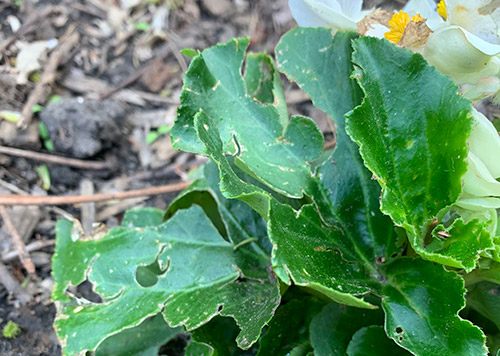
Damage on Begonia.
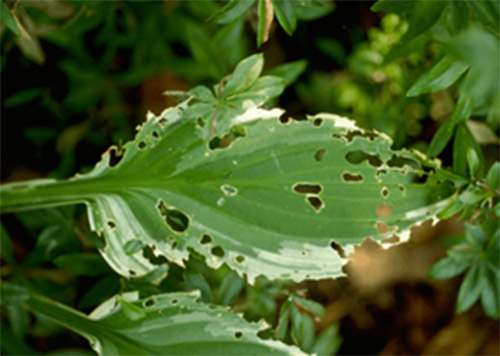
Damage on Hosta.
Management Strategies
A successful control program in Florida involves a combination of cultural, physical, biological and chemical methods.
Cultural Control:
- Irrigation Timing - Water plants in the early morning to reduce nighttime moisture levels that favor slug and snail activity.
- Reduce Mulch Thickness - Limit excess mulch to decrease hiding spots.
- Proper Plant Spacing - Increase airflow and sunlight penetration to make the environment less hospitable.
- Remove Debris - Eliminate plant litter, deadwood, and any other thing that can provide shelter.
Physical Control:
- Hand Picking - Collect snails and slugs in the early morning or after rain can significantly reduce populations.
- Barriers
- Copper Tape: Acts as a deterrent due to a mild electrical charge generated when snails and slugs come into contact with it.
- Iron Mesh or Abrasive Materials: These materials can physically deter movement.
Biological Control:
- Encourage Natural Predators - Birds, Toads, and some Beatles can aid in suppressing populations.
Chemical Control:
- Slug and Snail Bait containing:
- Iron Phosphate - Considered safer for pets, wildlife and the environment.
- Metaldehyde - Effective but more toxic and must be used carefully.
- Ferric Sodium EDTA - A newer formulation with reduced toxicity.
Apply bait in the evening when slugs and snails become active. Scatter lightly and avoid overuse. Reapply after rain or irrigation.
Conclusion
Snails and Slugs can be a persistent problem in the Florida landscape, especially during the rainy season or in areas with heavy irrigation. By combining several management techniques and maintaining a clean environment, populations can be kept in check and the damage minimized to plants. Ongoing monitoring and timely intervention are key to long-term success in controlling these slimy invaders.
